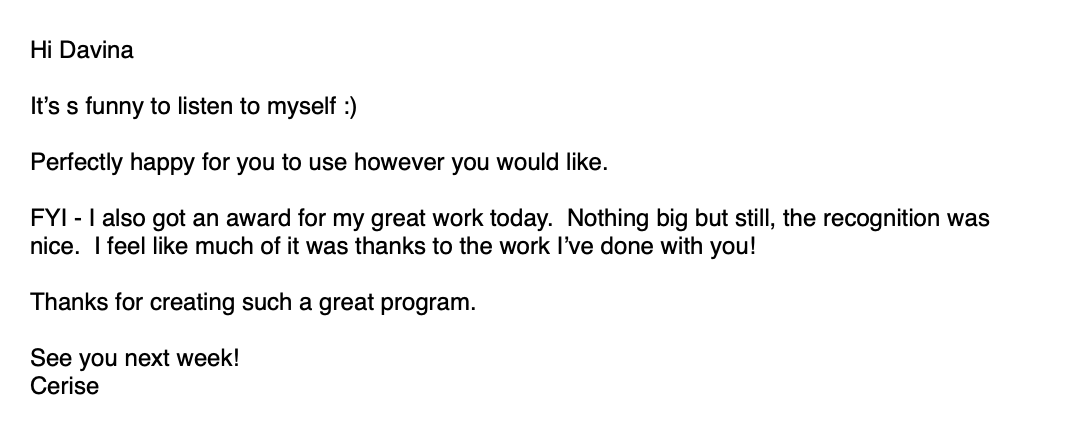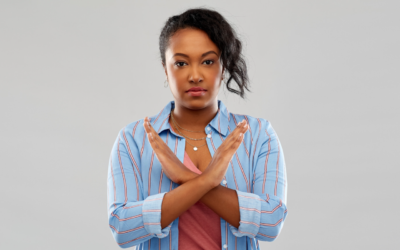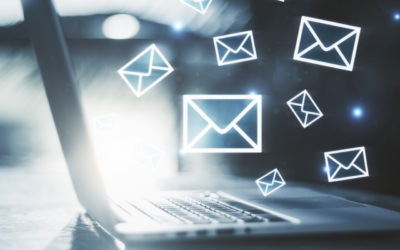
Why do stakeholders focus on the minutiea
Have you noticed how easy it is to spot the tiny errors in communication, particularly when it was prepared by someone else?
When our stakeholders read our paper, watch our presentation or lose the thread of our message when we speak, they focus on the things they can understand.
This is, I think, why feedback often doesn't help us much.
We are asked to improve things that are easy to fix but sit on the surface of our communication: our ability to write, prepare charts or to find ways to become more confident in front of the room when presenting.
Feedback around the substance comes in the form of generalities that are hard to pin down such as ‘be more strategic' and ‘focus less on the detail' without specific advice on how to do that.
The challenge is to work out how to communicate so you get fewer:
- Clarification questions
- Requests to meet and discuss
- Requests to rework your presentation
My number 1 suggestion for combatting this is to spend more time than you think you need to in clarifying two things before you prepare your communication:
Your purpose: What do you want to achieve with this specific piece of communication?
Your audience: Who are they really and what information do they really need from you to get the outcome you seek?
These two areas are foundational in nailing your messaging so you get less of the wrong kind of feedback, deliver more value … and enjoy your work more.
One of our clients summed it up beautifully this week:
“The magic about storylines is that they don't often get noticed or stand out unless you've made a mistake and it is harder to make mistakes when you use them”
Have a great week, everyone,
Davina

PRESENTED BY DAVINA STANLEY
I love what I do.
I help senior leaders and their teams prepare high-quality papers and presentations in a fraction of the time.
This involves 'nailing' the message that will quickly engage decision makers in the required outcome.
I leverage 25+ years' experience including
- learning structured thinking techniques at McKinsey in Hong Kong in the mid 1990s before coaching and training their teams globally as a freelancer for a further 15 years
- being approved to teach the Pyramid Principle by Barbara Minto in 2009
- helping CEOs, C-suite leaders and their reports deeply understand their stakeholder needs and communicate accordingly
- seeing leaders cut the number of times they review major papers by ~30% and teams cut the amount of time they take to prepare major papers by ~20%*
- watching senior meetings focus on substantive discussions and better decisions rather than trying to clarify the issue
My approach helps anyone who needs to engage senior leaders and Boards.
Recent clients include 7Eleven, KPMG, Mercer, Meta, Woolworths.
Learn more at www.clarityfirstprogram.com
(*) Numbers are based on 2023 client benchmarking results.




























